Can apple trees grow in pots? Experts share how to grow compact trees for delicious fruit
Small apple trees make a juicy addition to container gardens
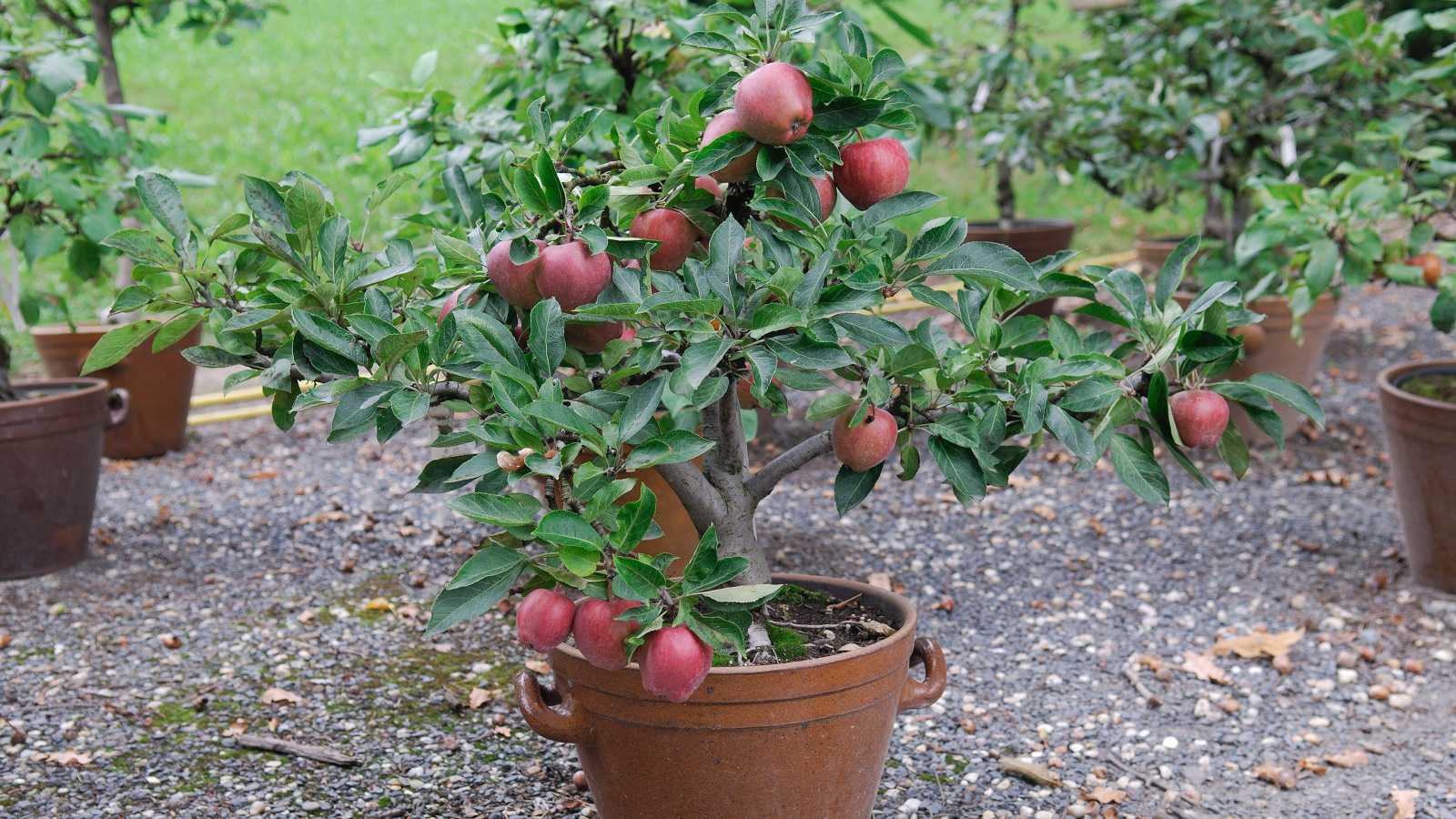

Fruit trees bring so much to our backyards. They add height, beautiful blossom and, of course, tasty fruit.
If you have a small garden and are searching among the best trees for small gardens to find the perfect fruit trees for small gardens, you'll be happy to know that there are many types of apple trees that can successfully grow in pots.
There are a few things to keep in mind when growing apple trees in pots, however. But don't worry - experts have told us all we need to know.
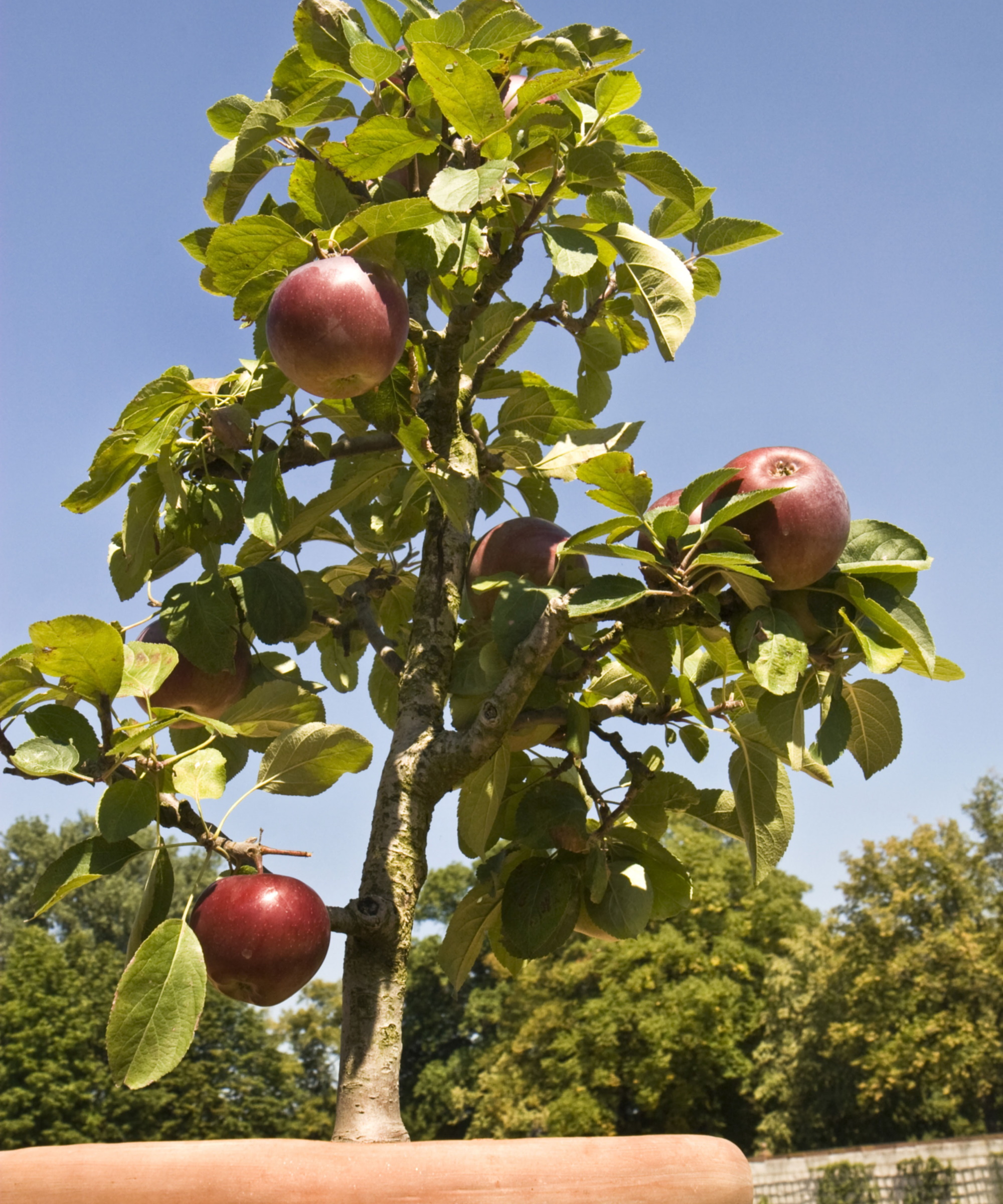
Can you grow apple trees in pots?
With so many varieties of apple trees to choose from, it's no surprise that there are many that can be grown in pots. We've asked experts how to grow and care for apple trees in pots for a successful harvest.
Which apple tree varieties can grow in pots?
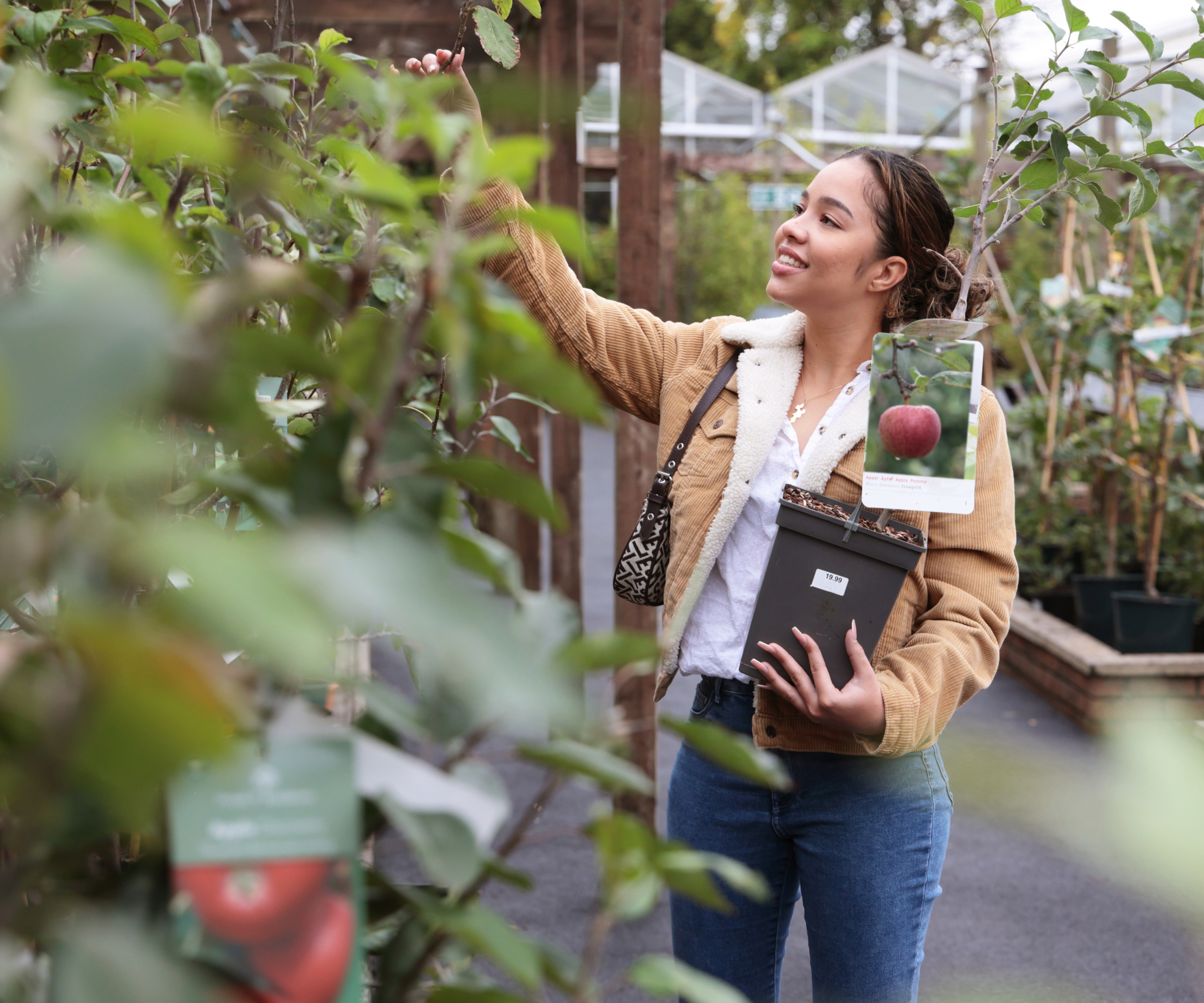
It might be obvious to say, but not all apple trees will grow in pots. Of course, when you think of apple you trees you probably initially think of large varieties that tower over backyards. Growing apple trees in pots require some smaller types.
'Dwarf varieties are your best bet. Apple trees, especially standard varieties, have deep taproots that love to spread out. A pot limits that space, so choose dwarf or semi-dwarf apple trees. These have shallower root systems that are happier in containers,' says says Evan Torchio, tree expert and CEO of Tree Mender.
When you're on the hunt for the right apple tree to plant in your container garden, you want to keep in mind how tall and wide it will grow.
'Columnar apple trees are the best option. They grow to a height of eight feet and produce fruit on the main trunk rather than on long horizontal branches. This keeps the tree width to two to three feet,' says Jon Traunfeld, fruit and vegetable growing expert at the University of Maryland Extension Homes & Garden Information Center.
'I suggest having two different cultivars, each in their own container, for cross-pollination. Choose pots size around the size of 20 to 30 gallons,' he adds.
You can find small varieties suitable for pots online, like this dwarf apple tree from Walmart.

Evan Torchio is a plant expert and the CEO and Founder of Tree Menders. He earned a bachelor’s degree in forestry and is a member of the International Society of Arboriculture. Evan provides advice on indoor and outdoor plants.

Jon Traunfeld is director of the University of Maryland Extension Home & Garden Information Center. In 1989 he became Urban Gardening Coordinator for University of Maryland Extension (UME) in Baltimore City where he helped develop community gardens and trained and coordinated Master Gardeners. He's been an Extension Specialist, Vegetables/Fruits at HGIC since 1994 and served as State Master Gardener Coordinator from 1994-2018.
What's the best soil for apple trees in pots?
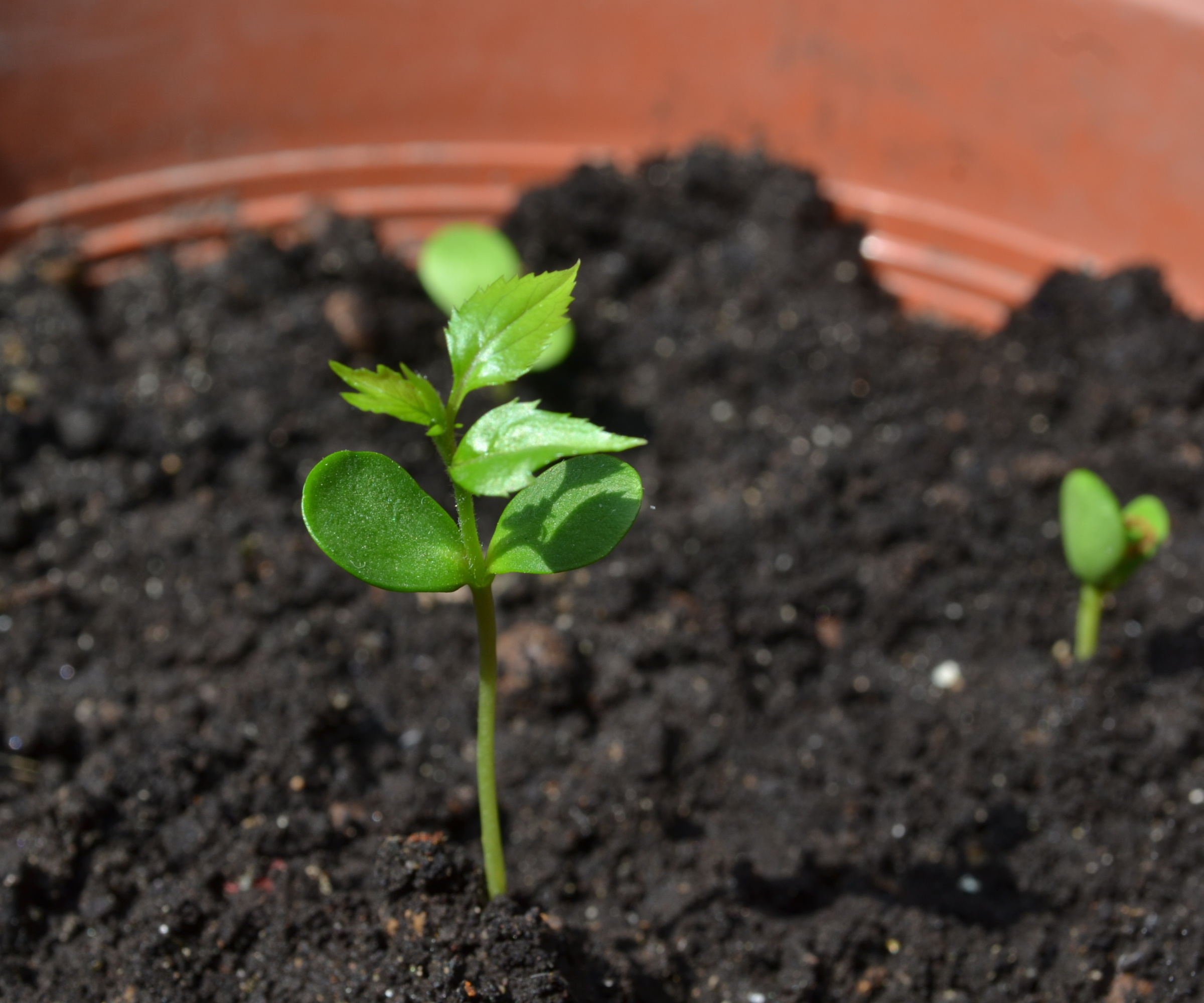
As with many other low-maintenance trees in pots, you should plant apple trees in well-draining soil because potted plants sitting in waterlogged soil could suffer from root rot.
Many experts recommend a loam potting mix to aid drainage, but it's also important to ensure the potting mix isn't going to let go of moisture too quickly.
'Compost can dry out easily,' notes Evan. 'Using a good potting mix and large pebbles or broken clay at the bottom of the pot can help provide adequate drainage,' he adds.
'We recommend a 50:50 mix of a lightweight soilless growing media and high quality compost,' says Jon.
The best thing to do is research the specific needs of your apple tree variety, as the best soil will differ for each.
'A traditional apple tree's roots are insulated by the soil around it,' says says Dave Sheridan, tree expert and owner of Ascension Tree Care. This is something to take into consideration when choosing a high quality potting mix for your potted apple tree.

Dave is a co-owner of Ascension Tree Care, with expertise in tree maintenance. He provides advice on tree care and successful growing.
How much light do they need?
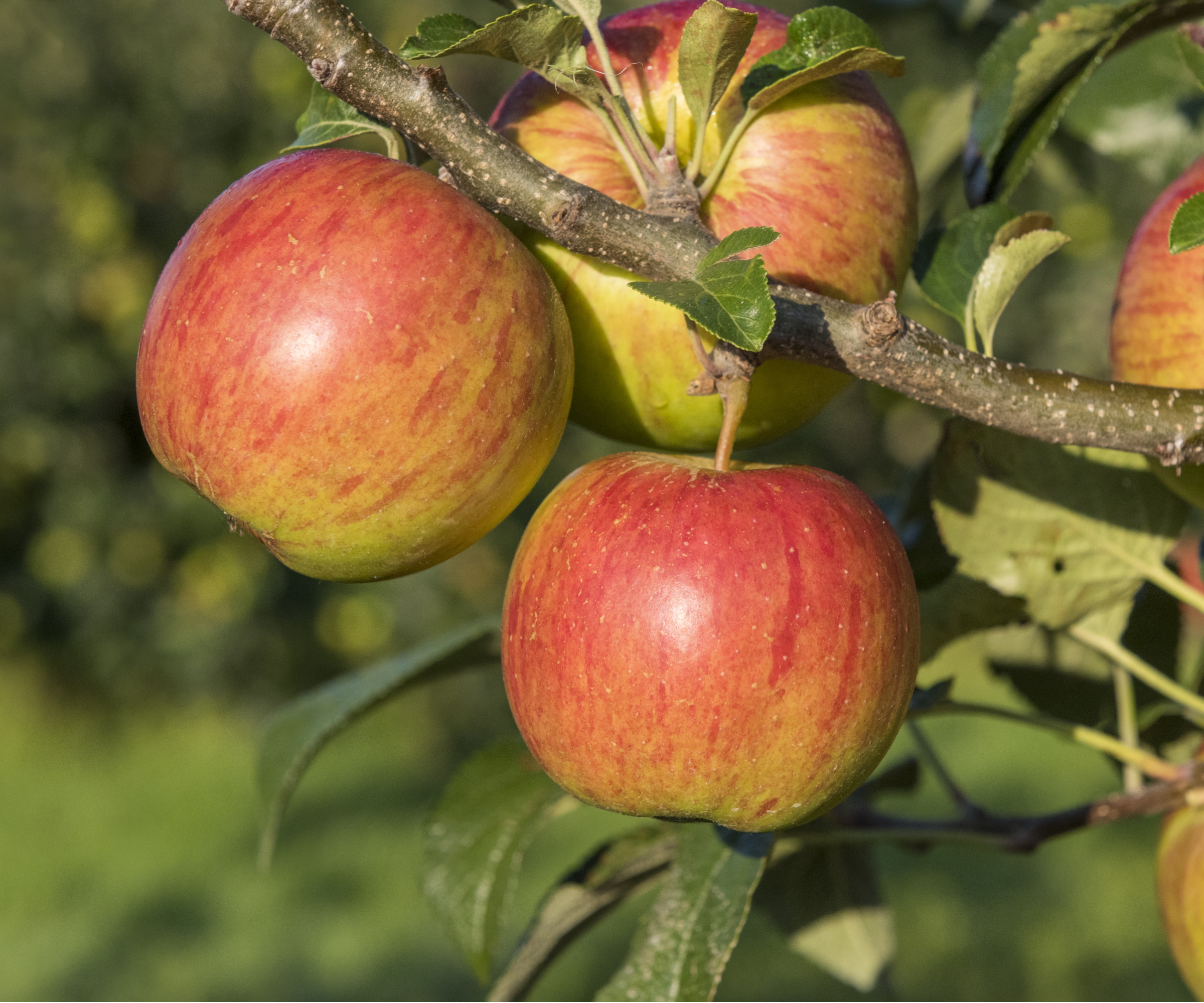
If you want your potted apple tree to produce lots of fruit, take care to place it somewhere with plenty of direct sun.
'Position in an area that gets sun, but is sheltered from the wind. If you're in a winter climate, you will need to take steps to protect them during the freeze,' says Dave.
Dave suggests keeping your potted apple tree in a sunny spot during warmer months and then brining it inside to overwinter during cold months. When you house your apple tree indoors, take care to place it somewhere where it will still get lots of natural light.
You might find grow lights, like this grow light from Amazon, useful for indoor winter care of your potted apple tree.
How often should you water them?
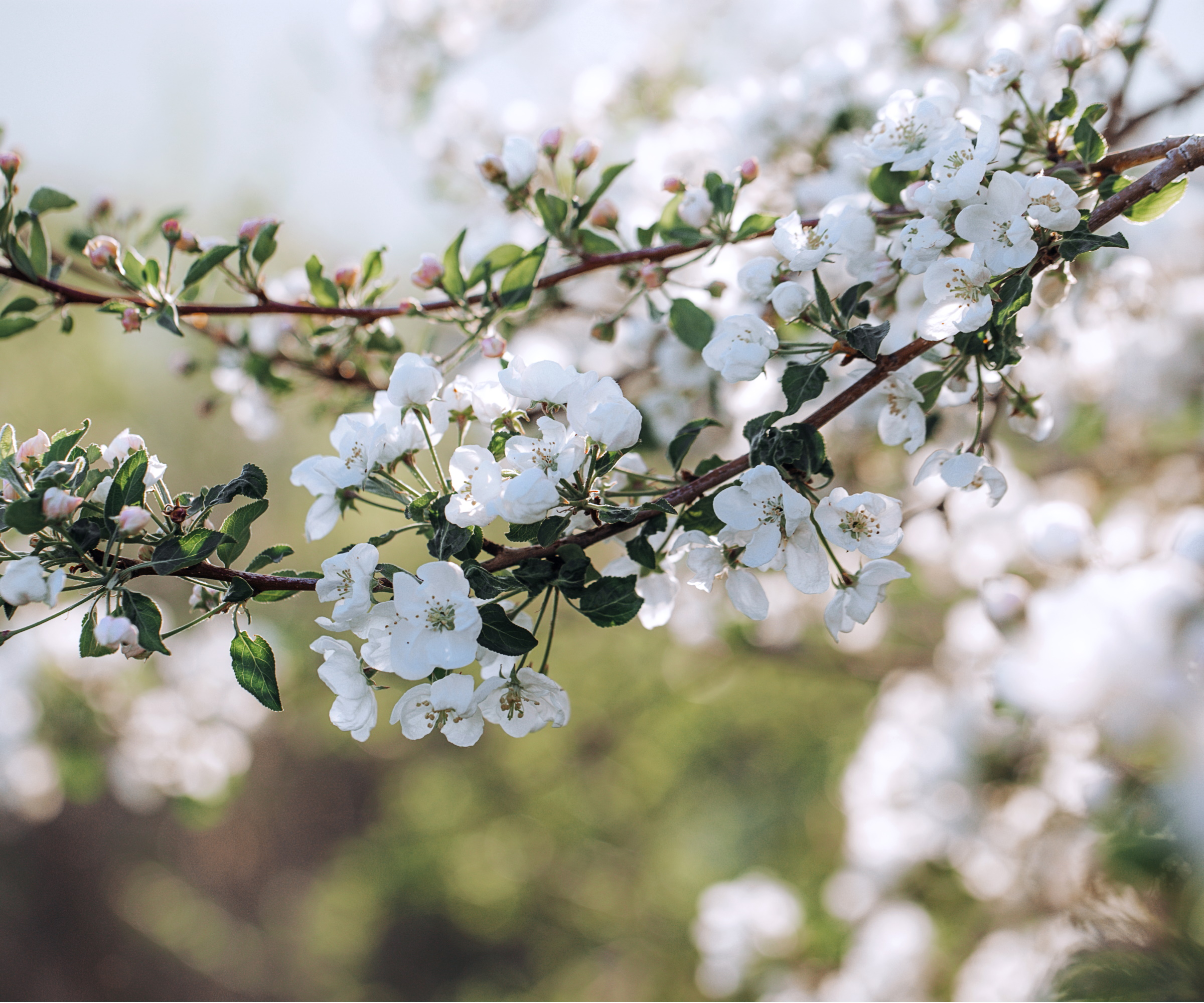
The joy of fruit trees is that they don't only produce delicious fruit to eat, but they blossom during spring. In fact, some types of crab apple trees are among the best pink flowering trees for pots. But to get these stunning blooms, and an abundance of fruit, you need to water your tree correctly.
'The root system of a potted apple tree must be kept consistently moist either by hand-watering or drip irrigation with two or three emitters per container,' says Jon Traunfeld. You can find drip irrigation emitters online, like these drip emitters from Amazon, which can help keep potted plants at a consistent moisture level.
This is especially important when the weather warms up. 'Check the soil daily, especially during hot weather, and water deeply when the top inch feels dry,' says Evan Torchio.
Take care to not overwater your potted apple trees and provide proper drainage, however, as container plants are more susceptible to waterlogged soil.
FAQs
When should I repot my apple tree?
There are many varieties of apple trees that can be grown in pots. Unlike other potted plants, it is generally not advised to repot your apple tree often. This is because they tend to be slow-growers and will not outgrow their current container quickly.
However, if you find your potted apple tree has become too large for its current home, it can be a good idea to transplant it into a larger container to give the roots more room to grow. The best thing to do is to observe the roots every few years and assess if it needs a larger pot.
Just because you have a small garden doesn't mean you have to miss out on growing fruit trees. There are varieties of apple trees small enough to grow in pots and with just some essential care, you will harvest an abundance of fruit.
Make sure to read up on how to prune an apple tree to make sure you keep your potted apple tree in prime condition.
Sign up to the Homes & Gardens newsletter
Design expertise in your inbox – from inspiring decorating ideas and beautiful celebrity homes to practical gardening advice and shopping round-ups.

Tenielle is a Gardens News Writer at Homes & Gardens. She holds a qualification in MA Magazine Journalism and has over six years of journalistic experience. Before coming to Homes & Gardens, Tenielle was in the editorial department at the Royal Horticultural Society and worked on The Garden magazine. As our in-house houseplant expert, Tenielle writes on a range of solutions to houseplant problems, as well as other 'how to' guides, inspiring garden projects, and the latest gardening news. When she isn't writing, Tenielle can be found propagating her ever-growing collection of indoor plants, helping others overcome common houseplant pests and diseases, volunteering at a local gardening club, and attending gardening workshops, like a composting masterclass.
-
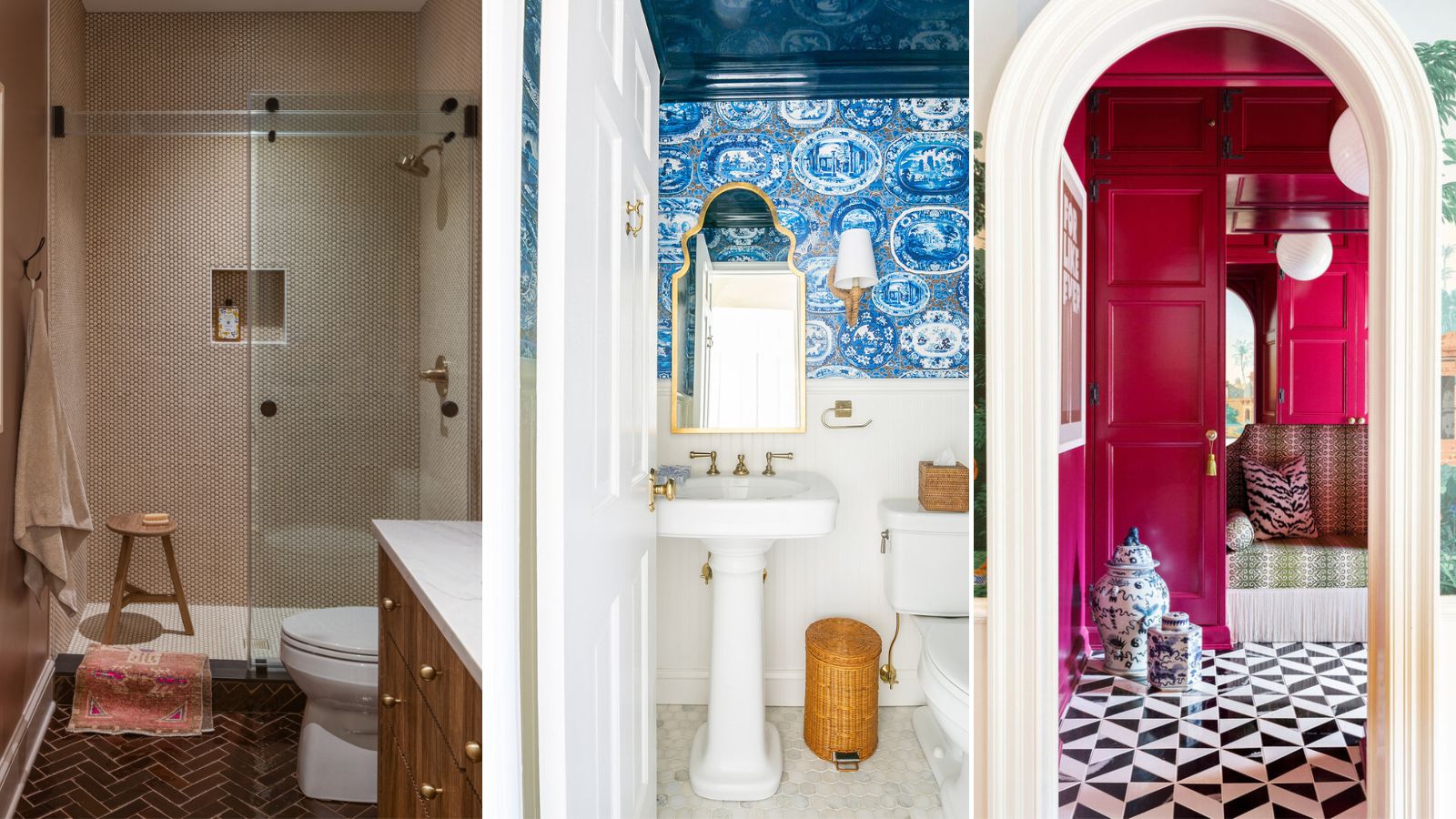 6 ways to decorate a windowless room, according to interior designers who have tackled the challenge
6 ways to decorate a windowless room, according to interior designers who have tackled the challengeA windowless room is undeniably a hard room to decorate, but with these beautiful examples and expert tips, you'll be inspired to look at your space in a new light
By Udita Choudhary
-
 5 things professional cleaners always do to overcome a cleaning roadblock – they're surefire ways to feel 'motivated and clear-headed' experts say
5 things professional cleaners always do to overcome a cleaning roadblock – they're surefire ways to feel 'motivated and clear-headed' experts sayGet your cleaning schedule back on track
By Ottilie Blackhall